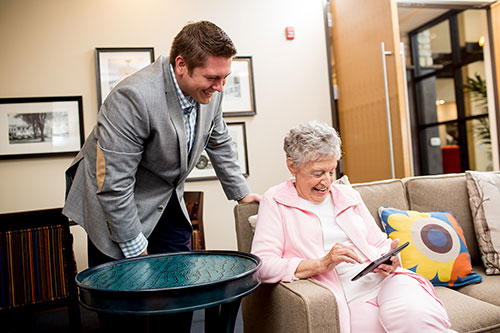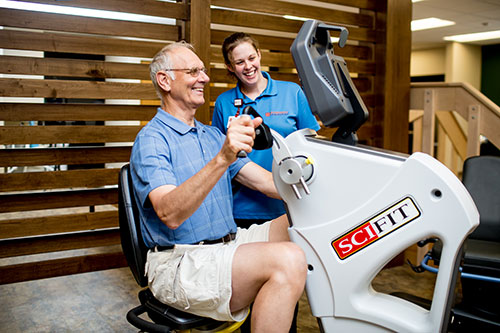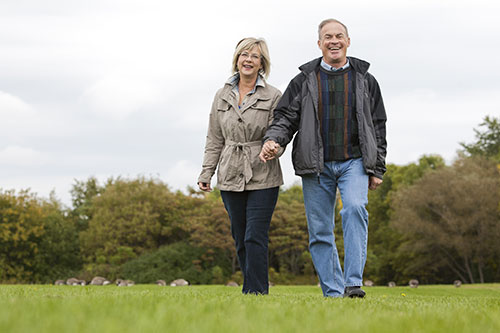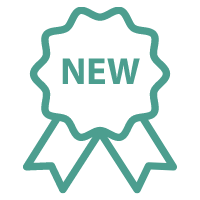Enjoying Life Together
On our 2nd level, you’ll find top-of-the-line amenities for our residents to enjoy together.
Endless Fun
Our residents have their own five-star restaurant, movie theater, wellness gym, library, pub, and more.
Spa Services
For a healthy mind, body, and spirit, our residents can enjoy hair cuts and color, massages, and more at the Symphony Spa.

Social Nights
Residents at Briarcliff Rehabilitation will enjoy movie nights in our theater, complete with fresh popcorn. We will also host other social events like live music, wine & cheese nights and fiestas featuring margaritas, chips & salsa!
Staying in Touch
We understand the importance of staying in touch with family and friends during your recuperation. Briarcliff Rehabilitation offers free facility-wide WiFi for computers and electronic gadgets.


Fun New Learning Experiences
Knowledge enables our brain to keep working. Baking classes with our chef and learning to knit or use email and social media are just a few of the fun new learning life enrichment services we offer.
Seasonal Excursions
Maybe it’s enjoying a hometown sporting event, a garden stroll on a summer day or a trolley ride to see the holiday lights. Our off-campus excursions are filled with fun.

What is Remote Patient Monitoring (RPM)?
Remote patient monitoring (RPM) is a healthcare delivery method that uses technology to monitor patient vitals outside of a hospital setting. RPM technology electronically transmits health information between patients, nurses, and physicians and is often used to care for patients with acute or chronic health conditions.
Why is it important to monitor blood pressure and pulse?
Having a clinical team monitor your blood pressure and pulse results in a 50% reduction and hospitalization and emergency room visit. Additionally average blood pressure drops substantially back to normal as adjustments are made more appropriately. This is proactive versus reactive care.
What are some of the benefits of using RPM?
RPM provides a wide range of benefits, including:
- Improved management of acute and chronic conditions
- Reduced hospitalizations, length of hospital stay, readmissions
- Lower overall healthcare costs
- Increased patient adherence and engagement
- Older and at-risk individuals can remain at home longer, or delay/avoid moving into skilled nursing facilities
- Reduced exposure to infectious diseases such as COVID-19 for patients, providers, and healthcare workers


 Remote Physician Monitoring
Remote Physician Monitoring
.png)
SOCIAL LIFE